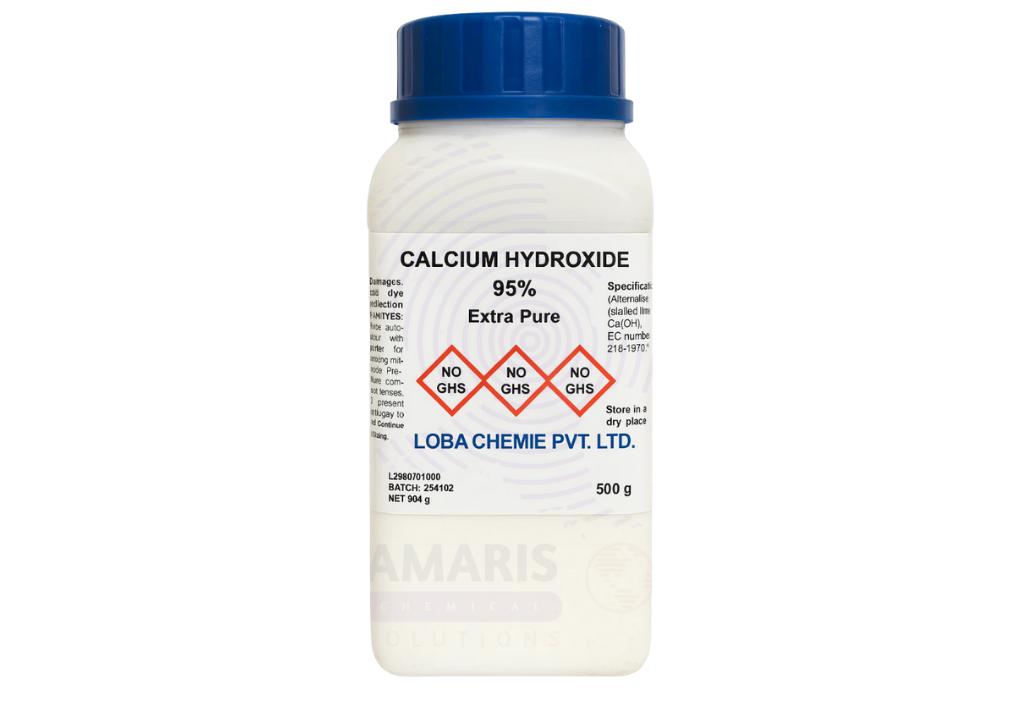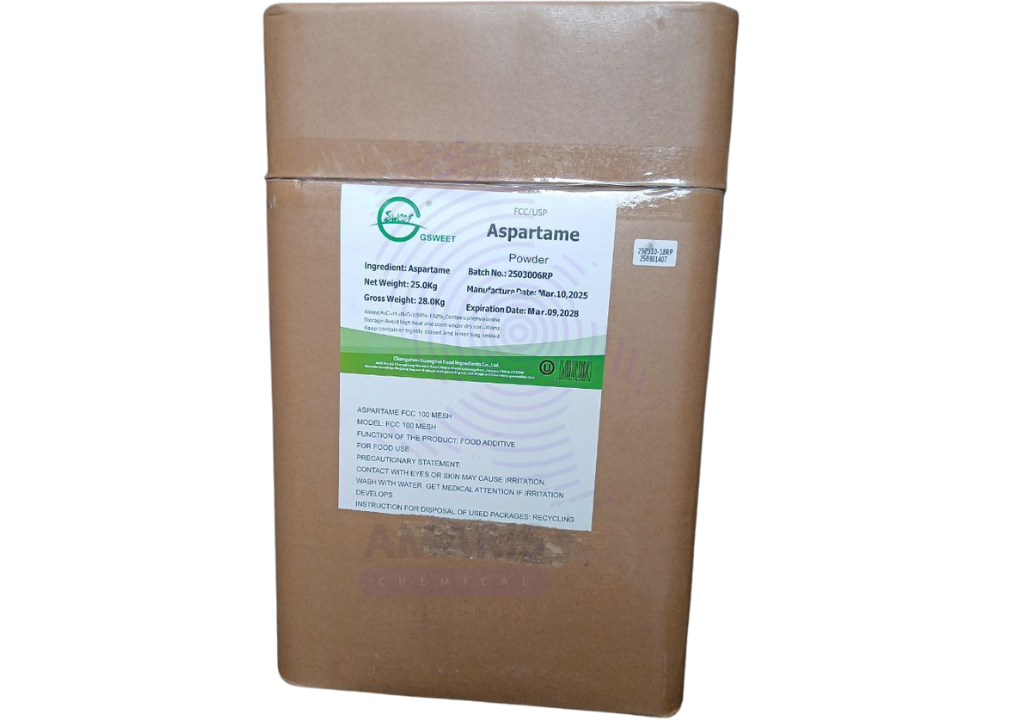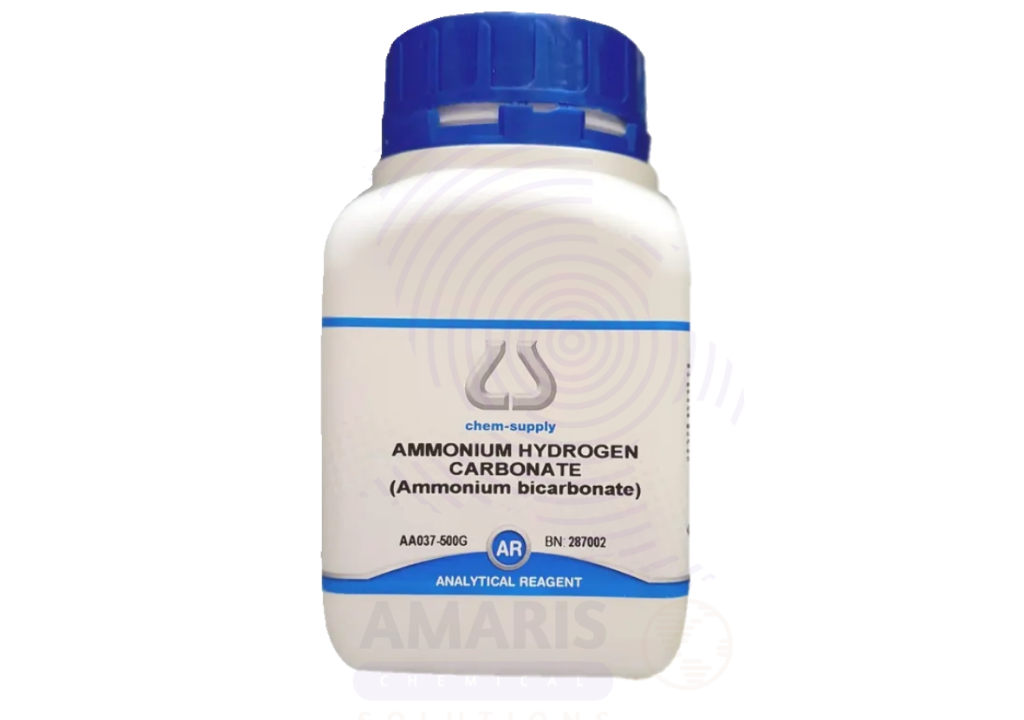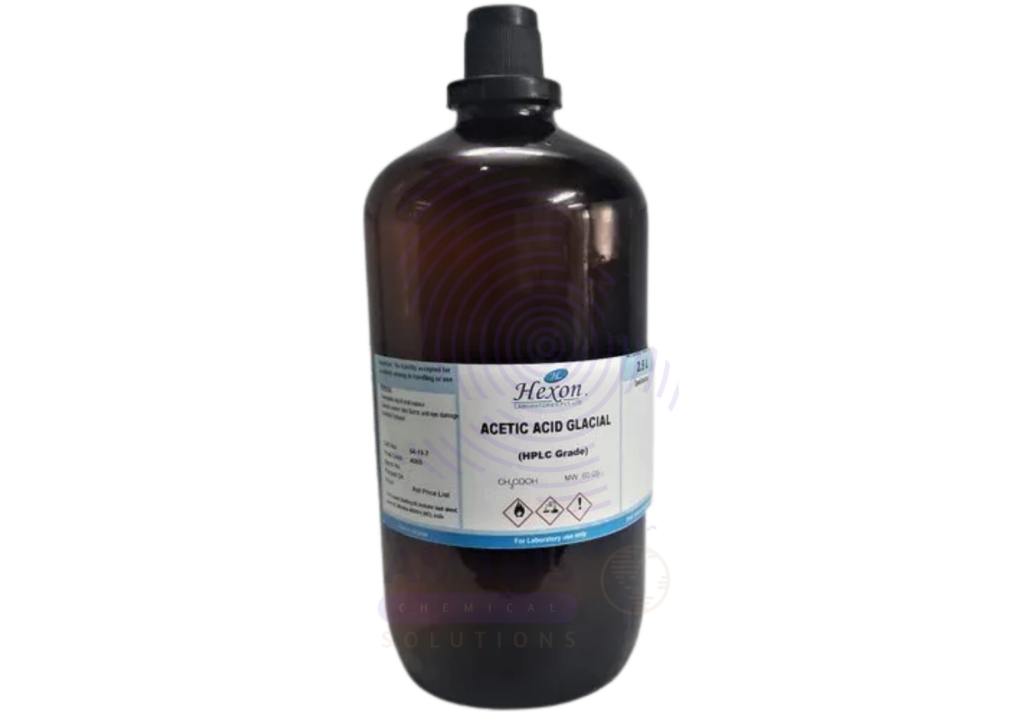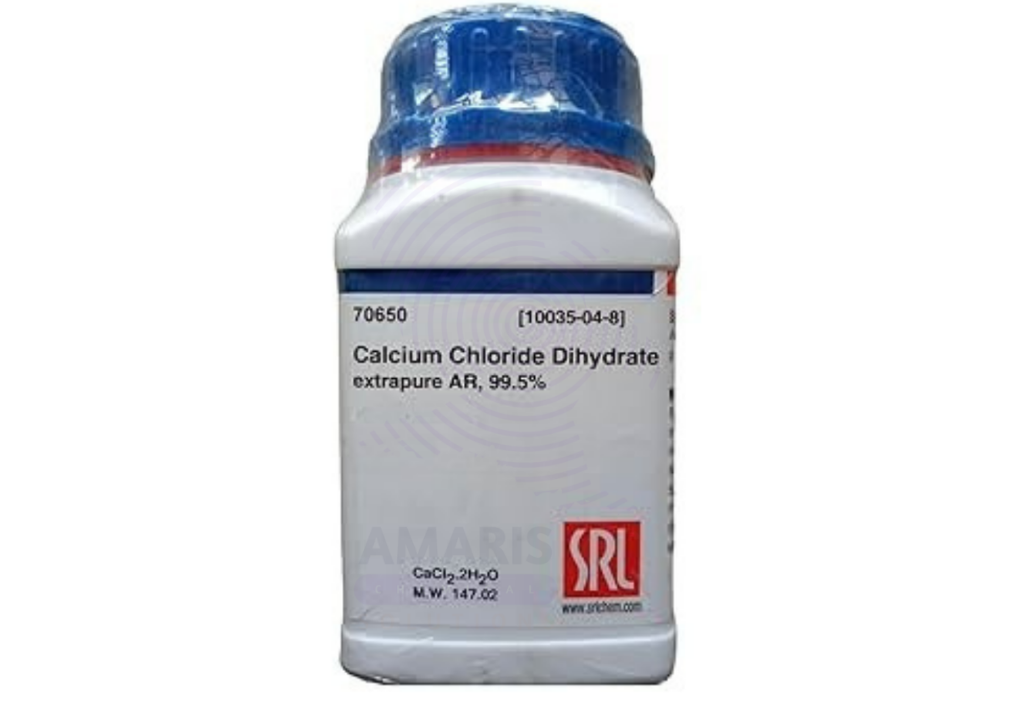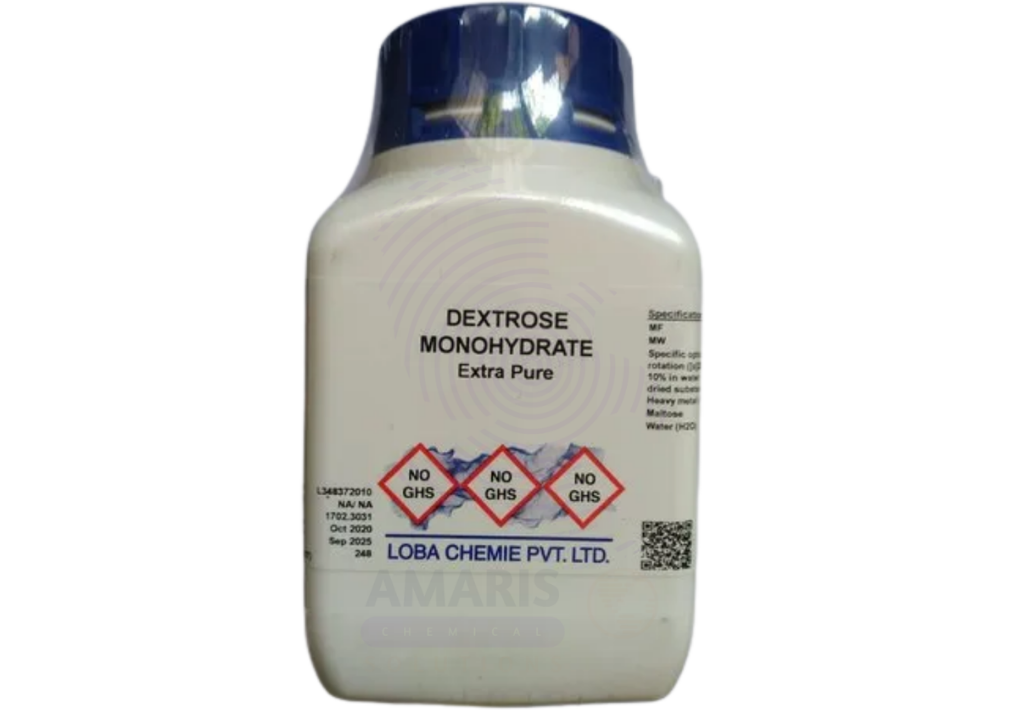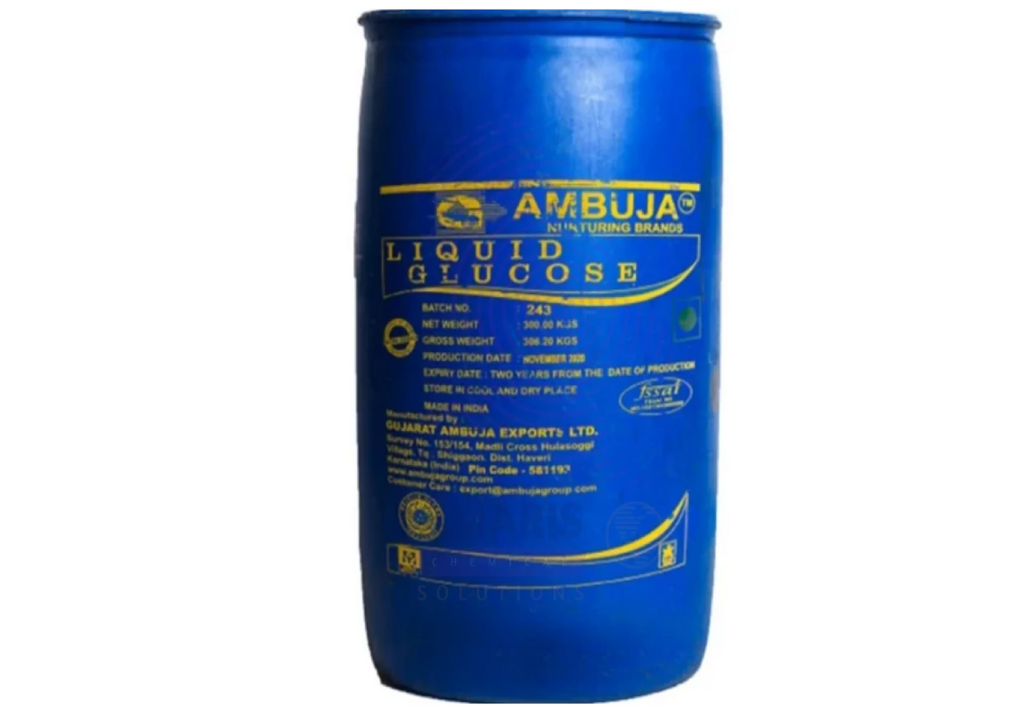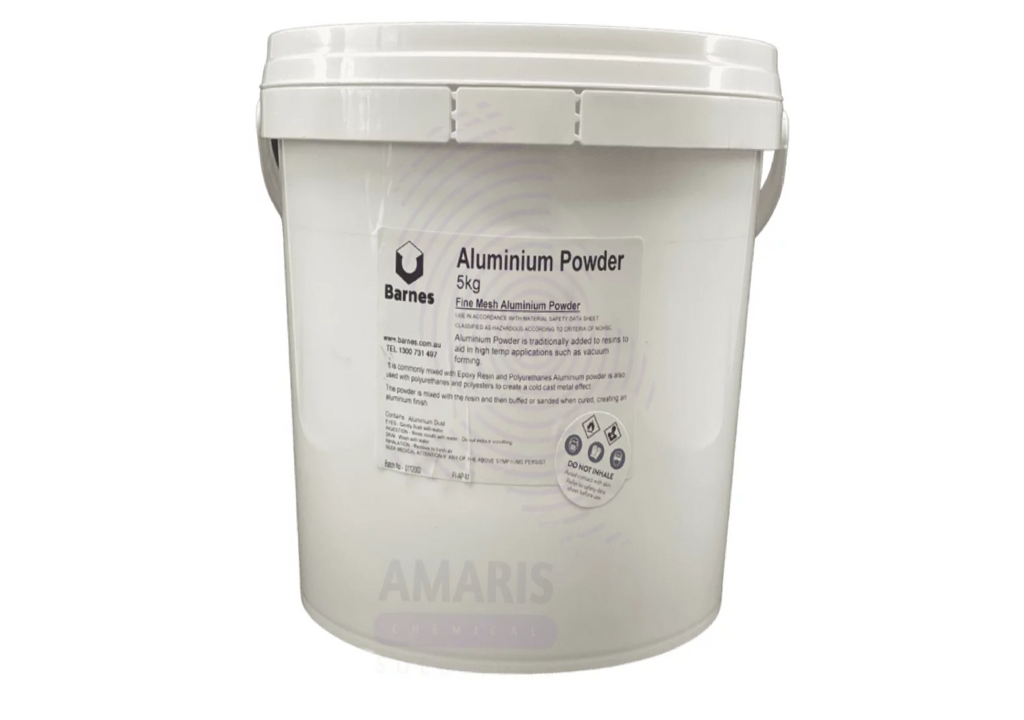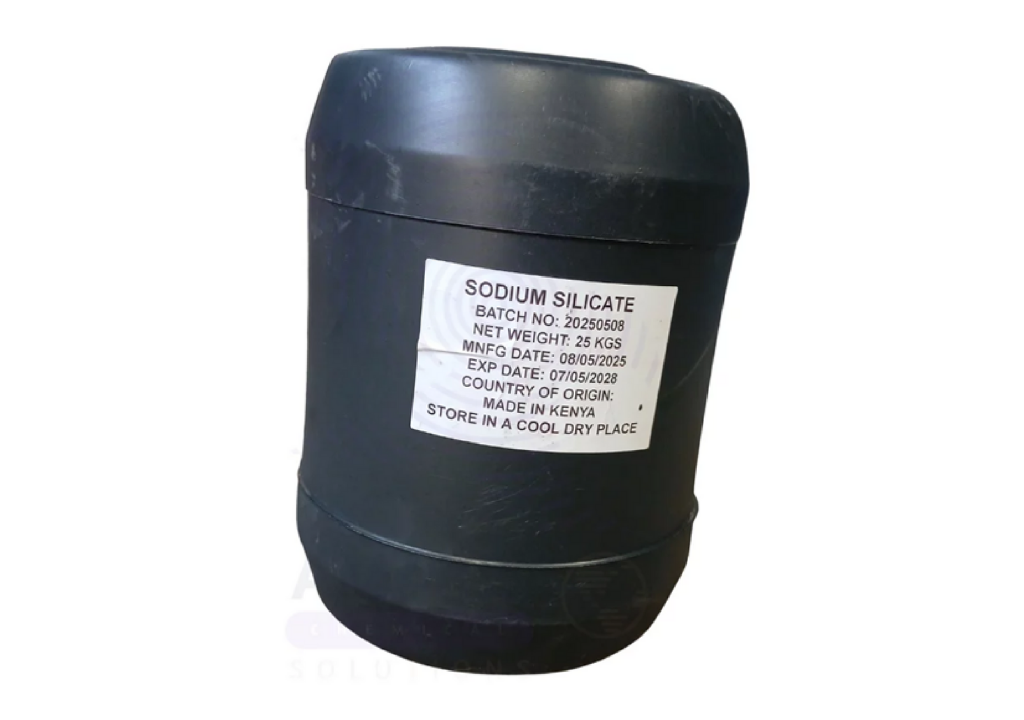Calcium Hydroxide: The Versatile Chemical for Construction, Water, and Industry ⚙️🏗️💧
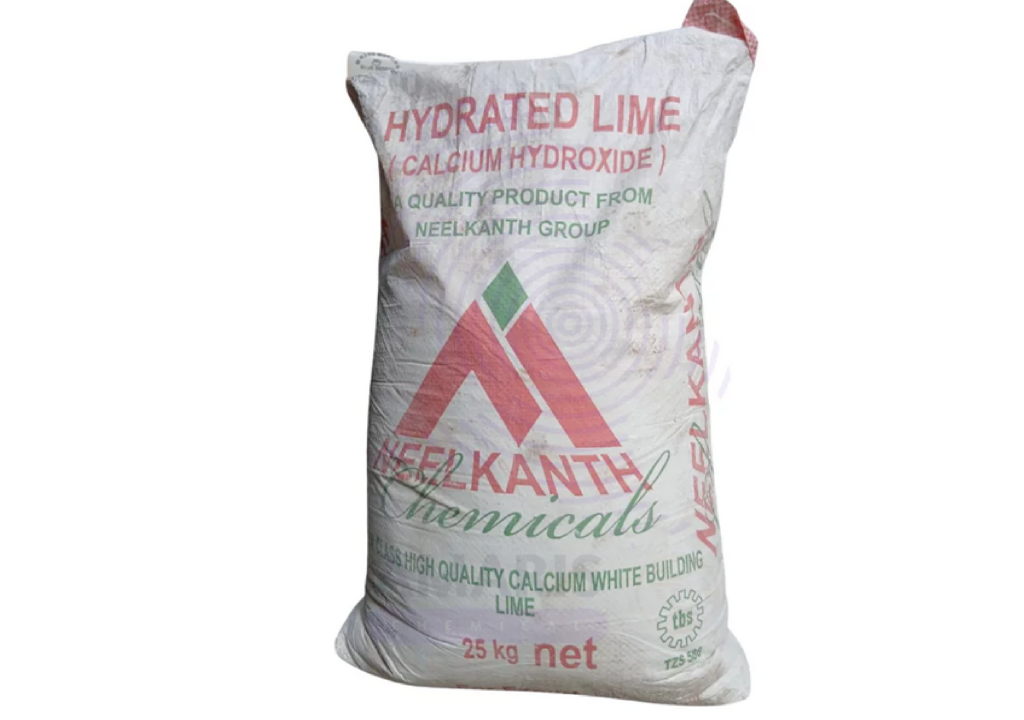
In the vast world of industrial chemicals, Calcium Hydroxide stands out as one of the most versatile and widely used compounds. Known commonly as slaked lime or hydrated lime, this chemical has been valued for centuries in construction, sanitation, and manufacturing. Today, it continues to play a vital role across industries, proving that simple compounds can deliver extraordinary impact.
What is Calcium Hydroxide? 🧪
Calcium Hydroxide is an inorganic compound with the formula Ca(OH)₂, produced by adding water to quicklime (calcium oxide). This process is called slaking, which is where the term slaked lime originates.
Key Characteristics:
- Appearance: White, fine powder or colorless crystals
- Solubility: Sparingly soluble in water (forms limewater)
- Nature: Strong alkali
- Odor: Odorless
Because of its alkalinity and reactivity, calcium hydroxide is used as a neutralizer, purifier, and stabilizer in multiple industries.
Applications of Calcium Hydroxide 🌍
1. Construction Industry 🏗️
One of the oldest uses of calcium hydroxide is in mortar and plaster. It improves workability and durability in construction materials. Over time, it reacts with carbon dioxide in the air to form calcium carbonate, giving strength to structures.
2. Water & Wastewater Treatment 💧
Calcium hydroxide is a key water treatment chemical. It helps by:
- Neutralizing acidic water
- Removing heavy metals
- Reducing hardness
- Acting as a flocculant to settle impurities
3. Food Industry 🍲
In controlled amounts, it is used as a food additive (E526) for processing:
- Corn in the traditional nixtamalization process
- Sugar purification
- Beverage clarification
4. Chemical Industry ⚗️
Calcium hydroxide is used to manufacture:
- Calcium salts
- Fertilizers
- Rubber additives
- Petrochemicals
5. Environmental Applications 🌱
It is employed to treat industrial effluents and neutralize acidic soil, making it a valuable tool in environmental management.
6. Medical & Dental Uses 🦷
Calcium hydroxide is used in dentistry as a cavity liner and root canal treatment material due to its antibacterial properties and ability to promote healing.
Benefits of Calcium Hydroxide 💡
- Cost-effective and readily available
- Environmentally friendly in many applications
- Versatile – used in construction, water, food, and healthcare
- Strong neutralizer for acidic solutions and emissions
Safety & Handling ⚠️
While calcium hydroxide is useful, it is also caustic and requires proper handling:
- Wear PPE: gloves, goggles, dust masks
- Avoid inhaling dust or allowing skin/eye contact
- Store in a dry, cool place, away from moisture
- Handle with care during bulk mixing to avoid splashes
Packaging & Supply 📦
Calcium Hydroxide is commonly supplied in 25kg bags or bulk packaging for industrial applications, ensuring convenience and consistency for manufacturers.
Final Thoughts 🌟
Calcium Hydroxide may look like a simple white powder, but its applications are vast and indispensable. From ensuring clean water to strengthening buildings and even assisting in dental care, it’s a chemical that truly improves everyday life.
By combining versatility, affordability, and effectiveness, calcium hydroxide continues to remain a cornerstone in modern industry and beyond.


 Preservatives(food)
Preservatives(food) Flavor Enhancers
Flavor Enhancers Acidulants
Acidulants Sweeteners
Sweeteners Antioxidants
Antioxidants Colorants(food)
Colorants(food) Nutraceutical Ingredients (food)
Nutraceutical Ingredients (food) Nutrient Supplements
Nutrient Supplements Emulsifiers
Emulsifiers
 Collectors
Collectors Dust Suppressants
Dust Suppressants Explosives and Blasting Agents
Explosives and Blasting Agents Flocculants and Coagulants
Flocculants and Coagulants Frothers
Frothers Leaching Agents
Leaching Agents pH Modifiers
pH Modifiers Precious Metal Extraction Agents
Precious Metal Extraction Agents
 Antioxidants(plastic)
Antioxidants(plastic) Colorants (Pigments, Dyes)
Colorants (Pigments, Dyes) Fillers and Reinforcements
Fillers and Reinforcements Flame Retardants
Flame Retardants Monomers
Monomers Plasticizers
Plasticizers Polymerization Initiators
Polymerization Initiators Stabilizers (UV, Heat)
Stabilizers (UV, Heat)
 Antifoaming Agents
Antifoaming Agents Chelating Agents
Chelating Agents Coagulants and Flocculants
Coagulants and Flocculants Corrosion Inhibitors
Corrosion Inhibitors Disinfectants and Biocides
Disinfectants and Biocides Oxidizing Agents
Oxidizing Agents pH Adjusters
pH Adjusters Scale Inhibitors( water)
Scale Inhibitors( water)
 Antioxidants(cosmetic)
Antioxidants(cosmetic) Emollients
Emollients Fragrances and Essential Oils
Fragrances and Essential Oils Humectants
Humectants Preservatives
Preservatives Surfactants(cosmetic)
Surfactants(cosmetic) Thickeners
Thickeners UV Filters
UV Filters
 Fertilizers
Fertilizers Soil Conditioners
Soil Conditioners Plant Growth Regulators
Plant Growth Regulators Animal Feed Additives
Animal Feed Additives Biostimulants
Biostimulants Pesticides (Herbicides, Insecticides, Fungicides)
Pesticides (Herbicides, Insecticides, Fungicides)
 Active Pharmaceutical Ingredients (APIs)
Active Pharmaceutical Ingredients (APIs) Excipients
Excipients Solvents(pharmaceutical)
Solvents(pharmaceutical) Antibiotics
Antibiotics Antiseptics and Disinfectants
Antiseptics and Disinfectants Vaccine Adjuvants
Vaccine Adjuvants Nutraceutical Ingredients (pharmaceutical)
Nutraceutical Ingredients (pharmaceutical) Analgesics & Antipyretics
Analgesics & Antipyretics
 Analytical Reagents
Analytical Reagents Solvents(lab)
Solvents(lab) Chromatography Chemicals
Chromatography Chemicals Spectroscopy Reagents
Spectroscopy Reagents microbiology-and-cell-culture-reagents
microbiology-and-cell-culture-reagents Molecular Biology Reagents
Molecular Biology Reagents Biochemical Reagents
Biochemical Reagents Inorganic and Organic Standards
Inorganic and Organic Standards Laboratory Safety Chemicals
Laboratory Safety Chemicals Specialty Laboratory Chemicals(Special Laboratory Equipment)
Specialty Laboratory Chemicals(Special Laboratory Equipment)
 Demulsifiers
Demulsifiers Hydraulic Fracturing Fluids
Hydraulic Fracturing Fluids Scale Inhibitors(oil)
Scale Inhibitors(oil) Surfactants(oil)
Surfactants(oil) Drilling Fluids
Drilling Fluids
 Dyes and Pigments
Dyes and Pigments Bleaching Agents
Bleaching Agents Softening Agents
Softening Agents Finishing Agents
Finishing Agents Antistatic Agents
Antistatic Agents
 Admixtures
Admixtures Waterproofing Agents
Waterproofing Agents Sealants and Adhesives
Sealants and Adhesives Curing Compounds
Curing Compounds Concrete Repair Chemicals
Concrete Repair Chemicals Anti-Corrosion Coatings
Anti-Corrosion Coatings
 Surfactants(cleaning)
Surfactants(cleaning) Builders
Builders Enzymes
Enzymes Solvents (Cleaning)
Solvents (Cleaning) Fragrances
Fragrances
 Electronic Chemicals
Electronic Chemicals Catalysts
Catalysts Lubricants
Lubricants Photographic Chemicals
Photographic Chemicals Refrigerants
Refrigerants Automotive chemicals
Automotive chemicals Pyrotechnic Chemicals
Pyrotechnic Chemicals
 Biodegradable Surfactants
Biodegradable Surfactants Bio-based Solvents
Bio-based Solvents Renewable Polymers
Renewable Polymers Carbon Capture Chemicals
Carbon Capture Chemicals Wastewater Treatment Chemicals
Wastewater Treatment Chemicals
 Pigments
Pigments Solvents(paint)
Solvents(paint) Specialty Coatings
Specialty Coatings Binders/Resins
Binders/Resins Additives
Additives Driers
Driers Anti-Corrosion Agents
Anti-Corrosion Agents Functional Coatings
Functional Coatings Application-Specific Coatings
Application-Specific Coatings
 Fresh Herbs
Fresh Herbs Ground Spices
Ground Spices Whole Spices
Whole Spices Spice Blends
Spice Blends Dried Herbs
Dried Herbs
 Leavening Agents
Leavening Agents Dough Conditioners
Dough Conditioners Flour Treatments
Flour Treatments Fat Replacers
Fat Replacers Decoratives
Decoratives Preservatives(baking)
Preservatives(baking)
 Plasticizers & Softeners
Plasticizers & Softeners Reinforcing Agents
Reinforcing Agents Adhesion Promoters
Adhesion Promoters Vulcanizing Agents
Vulcanizing Agents Antidegradants
Antidegradants Blowing Agents
Blowing Agents Fillers & Extenders
Fillers & Extenders Accelerators & Retarders
Accelerators & Retarders
